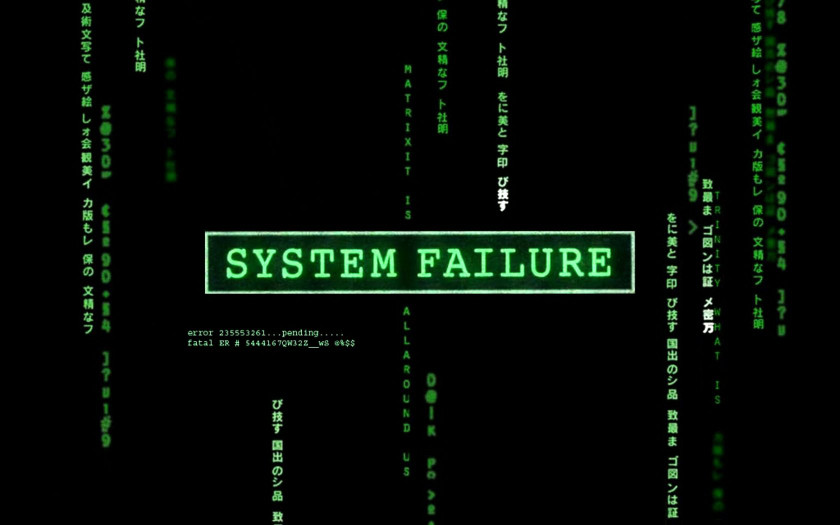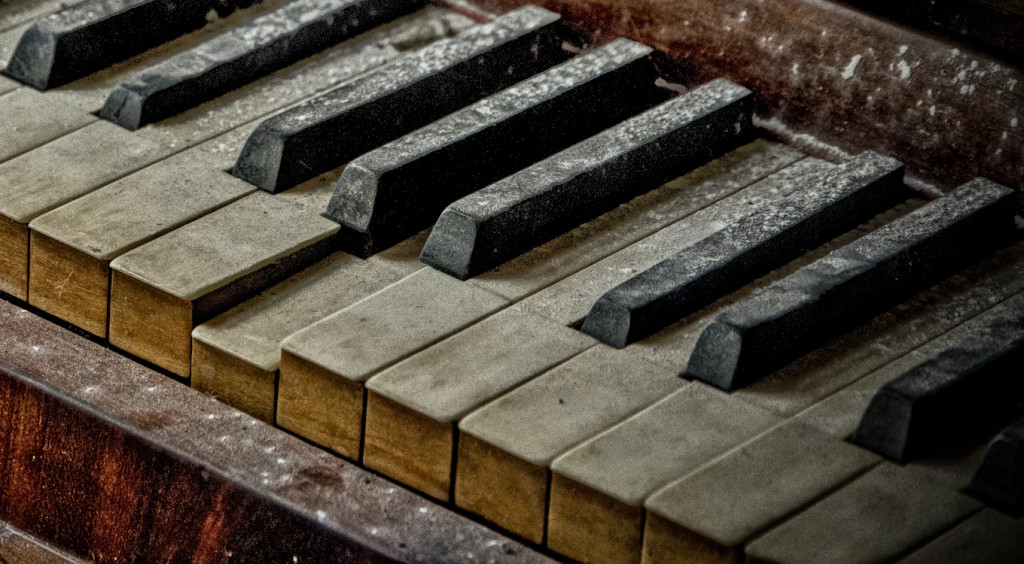 I started off with high hopes. As soon as I began, I was surprised & pleased by how well I could play a tune the first time through. My accuracy was at a good 85% or so. But I also instantly realized something else. I don’t listen to music enough. My ability to recall the entire melody of a song is sadly lacking. I can remember the opening, or some little bit in the middle, but there’s really no song that I know all of perfectly.
I started off with high hopes. As soon as I began, I was surprised & pleased by how well I could play a tune the first time through. My accuracy was at a good 85% or so. But I also instantly realized something else. I don’t listen to music enough. My ability to recall the entire melody of a song is sadly lacking. I can remember the opening, or some little bit in the middle, but there’s really no song that I know all of perfectly.
To really do well playing piano by ear, I’m going to need to memorize some songs in their entirety. Which shouldn’t be too hard, once I make the effort to do so. At this point though, not knowing entire melodies isn’t a huge hindrance. Even just playing the parts I know helps me to get used to transferring music from my brain, to my hands, to the piano.
As I write this post, I’ve practiced a total of 7 hours, 22 minutes—more than a third of the way to 20 hours. Which is disheartening, because so far I can’t tell that I’ve made much progress at all. And that needs to change, fast! But before you can fix a problem, you have to first figure out the cause.
Problem 1: My recorded time of 7 hours, 22 minutes isn’t all practice.
In going through The Jazz Piano Book, there’s a good chunk of reading, some piano scores demonstrating the things being taught, and a few recommended practice items. Very little of the time with the book actually counts as practice, so my total actual practice time is more like 6½ hours, or possibly even less. With as little progress as I’ve made so far, it’s encouraging to know that I have a somewhat lower amount of practice time in than I’d been thinking. But only marginally.
Problem 2: Going about things in the wrong order.
In my skill breakdown, I determined that the three most important parts of learning to play by ear were:
- Play the melody
- Identify the accompanying chords
- Make those chords sound nice
What I forgot, in my practicing, was to do those things in that order. Most of what I’ve been learning in The Jazz Piano Book (besides reviewing things that I already know) applies mostly to the 3rd step, with a dash thrown in for the 2nd. I’ve been neglecting the foundational parts. I have to play the melody, and figure out what chords go where, and only then work on making it sound as lovely as possible.
Problem 3: Not focusing on one thing.
My final main issue is that I haven’t been focusing enough on any one thing to be able to make real progress. I haven’t been playing a melody over and over until it’s perfect, and I haven’t been following that with figuring out the chords. I haven’t worked on mastering—or even improving—my ability to play a specific song by ear.
Solutions:
The Jazz Piano Book says I ought to practice everything (like the II-7 V7 IΔ progression) in all 12 keys. This is definitely good in general, but for my goal of progressing as much as possible in 20 hours, it may be wiser to stick to practicing in just a few different keys.
To make noticeable progress, I’m going to have to focus on one or two songs at a time. To play the whole melody, I need to have it fully memorized. After that’s done, comes the chords. The first step in identifying the accompanying chord will be to play just the bass note of each, until I can go through the entire song with the those. After that’s finished, I go about filling in the rest of the chord, which is where the jazz book will help: at the very end.
Key Insights So Far:
I haven’t learned a whole lot so far as far as piano playing goes (besides the II-7 V7 IΔ progression, which is completely totally awesome: You play the root of the chord with the left hand, the 3rd & 7th with the right, and forget about the 5th. You then drop the 7th down a half step each chord change, which switches it to the 3rd in the new chord, with the old 3rd turning into the new 7th!!!). What I have learned, is to remember to stay very focused when learning, and to stick to the plan. If you find out the plan isn’t perfect, you don’t stray from the plan. You change it.
And on that note…
I think my Target Performance Level was a little too optimistic. A lot. Playing piano by ear involves a lot of different skills, each of which has to be built up to a reasonable level. Therefore, I’m revising my goal: Be able to play any song I know, fairly smoothly, by ear, with both hands, on the twentieth try. I think this is actually feasible (unlike my original unrealistic goal of 5 tries), and something I can still be satisfied with, but still a challenge.
 In January I’m going to be learning to play piano by ear. This is a skill I’ve wanted for a while now. Ever since listening to Richard Diamond on old time radio when I was 15, I suppose. The style I would like to play in is similar to that which Diamond did, so a bit of a 1940s jazz & show tune style. I’m coming into this skill with very little in the way of existing ability. When I was about 16 I took piano lessons from a friend, but this was all sight-reading and technique. I’ve dabbled on-and-off ever since then, but have never really done much by ear, because I wasn’t good enough for it to be enjoyable. Hopefully the next 20 hours will change that.
In January I’m going to be learning to play piano by ear. This is a skill I’ve wanted for a while now. Ever since listening to Richard Diamond on old time radio when I was 15, I suppose. The style I would like to play in is similar to that which Diamond did, so a bit of a 1940s jazz & show tune style. I’m coming into this skill with very little in the way of existing ability. When I was about 16 I took piano lessons from a friend, but this was all sight-reading and technique. I’ve dabbled on-and-off ever since then, but have never really done much by ear, because I wasn’t good enough for it to be enjoyable. Hopefully the next 20 hours will change that.